Archives
- 2025-12
- 2025-11
- 2025-10
- 2025-09
- 2025-03
- 2025-02
- 2025-01
- 2024-12
- 2024-11
- 2024-10
- 2024-09
- 2024-08
- 2024-07
- 2024-06
- 2024-05
- 2024-04
- 2024-03
- 2024-02
- 2024-01
- 2023-12
- 2023-11
- 2023-10
- 2023-09
- 2023-08
- 2023-06
- 2023-05
- 2023-04
- 2023-03
- 2023-02
- 2023-01
- 2022-12
- 2022-11
- 2022-10
- 2022-09
- 2022-08
- 2022-07
- 2022-06
- 2022-05
- 2022-04
- 2022-03
- 2022-02
- 2022-01
- 2021-12
- 2021-11
- 2021-10
- 2021-09
- 2021-08
- 2021-07
- 2021-06
- 2021-05
- 2021-04
- 2021-03
- 2021-02
- 2021-01
- 2020-12
- 2020-11
- 2020-10
- 2020-09
- 2020-08
- 2020-07
- 2020-06
- 2020-05
- 2020-04
- 2020-03
- 2020-02
- 2020-01
- 2019-12
- 2019-11
- 2019-10
- 2019-09
- 2019-08
- 2018-07
-
At one time the biological effects of cAMP were
2021-01-20

At one time, the biological effects of cAMP were thought to be mediated exclusively by Protein Kinase A (PKA). Consistent with this, PKA inhibitors have been shown to reverse the effects of cAMP-elevating agents on VSMC proliferation [5]. However, we recently reported that cAMP-mediated inhibition o
-
While previously reported optimizations on compound focused
2021-01-20
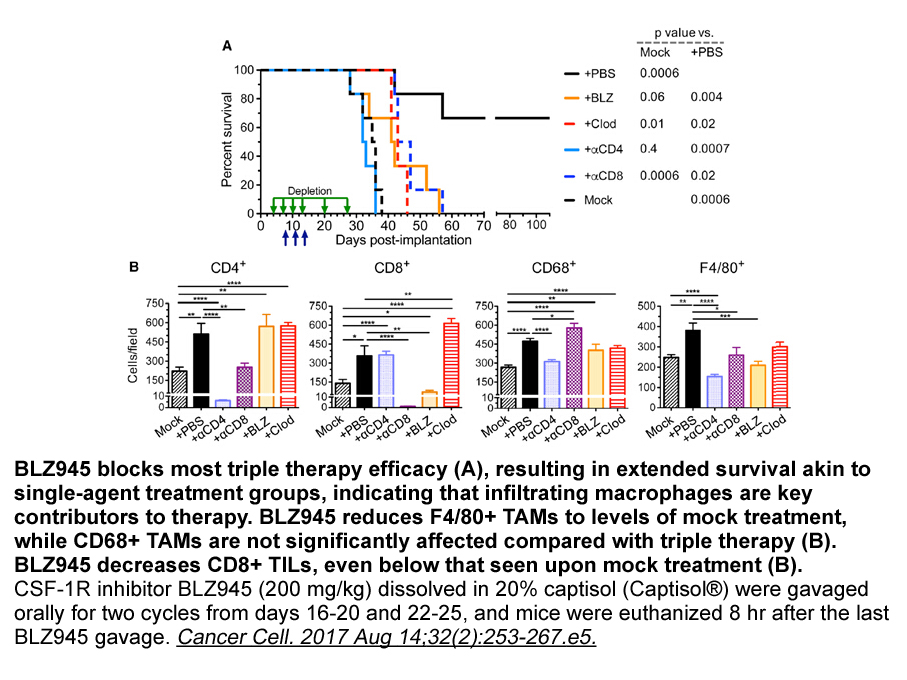
While previously reported optimizations on Argatroban synthesis focused on the phenyl ring A () and substituents on isoxazole ring, other alternatives to replace isoxazole ring were never explored. Herein, we propose to replace the isoxazole with its bioisosteric substituted phenyl ring B () to exp
-
In summary we investigated the fluoride sensitivity of
2021-01-20
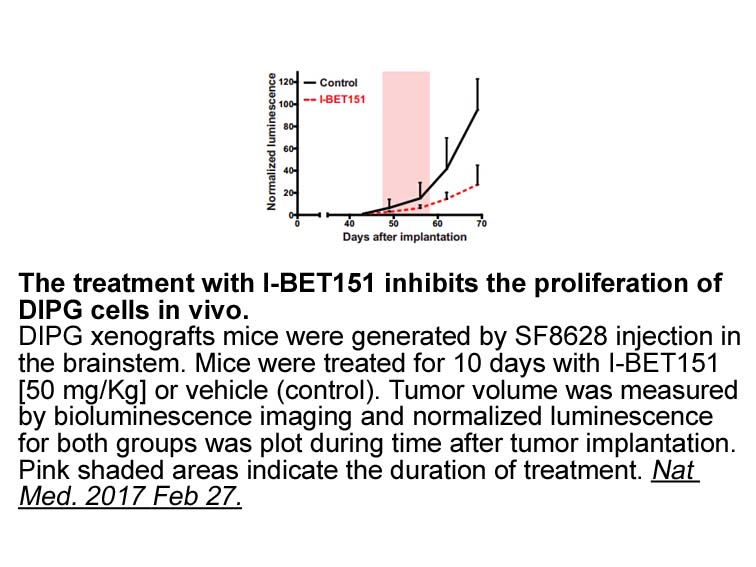
In summary, we investigated the fluoride sensitivity of different S. mutans strains in terms of enolase activity. Lower enolase activity was not always associated with lower S. mutans growth in cultures with NaF. Gene analysis showed that UA130 and NCH105 both have enolase point mutations. Unique am
-
However in many of the above mentioned studies the
2021-01-20
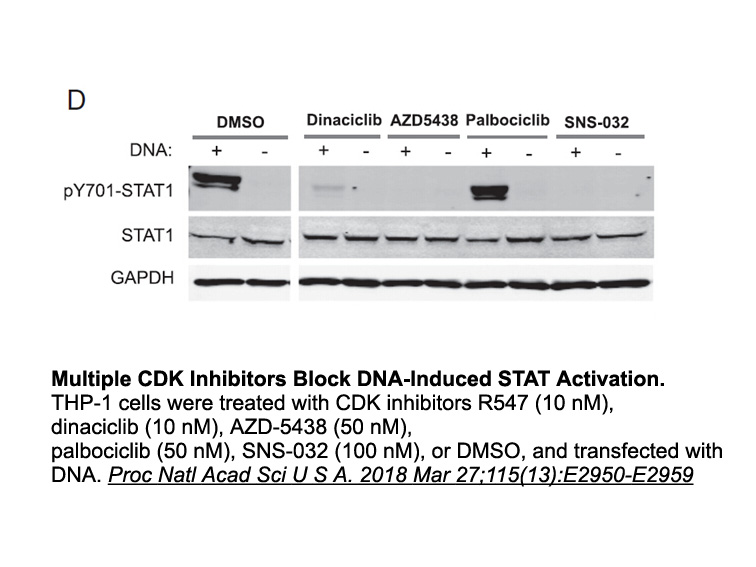
However, in many of the above mentioned studies, the NaCl concentrations in the extraction buffers were different from those used here. For instance, in the study that performed cathepsin D extraction from human AD SB 203580 tissue, the concentration was 150mM [30], while that for the extraction of
-
The UPP broadly involves proteolysis in
2021-01-19

The UPP broadly involves proteolysis in biochemical processes and is a potential target for cancer therapy. The UPP degrades unfolding or damaged proteins by an ATP-dependent mechanism (Ciechanover, Elias, Heller, Ferber, & Hershko, 1980). It also plays an important role in sglt-2 regulation, DNA d
-
The involvement of FOXO and STAT
2021-01-19

The involvement of FOXO3 and STAT5 in DNA-PKcs and regulator of g protein signaling IV has not been reported before, and the search by the ECR browser (http://ecrbrowser.decode.org) revealed that 1kb of the 5′ promoter of DNA-PKcs possesses 4 STAT (−908bp to −901bp, −676bp to −656bp, −533bp to −526
-
In summary these results are consistent with our hypothesis
2021-01-19
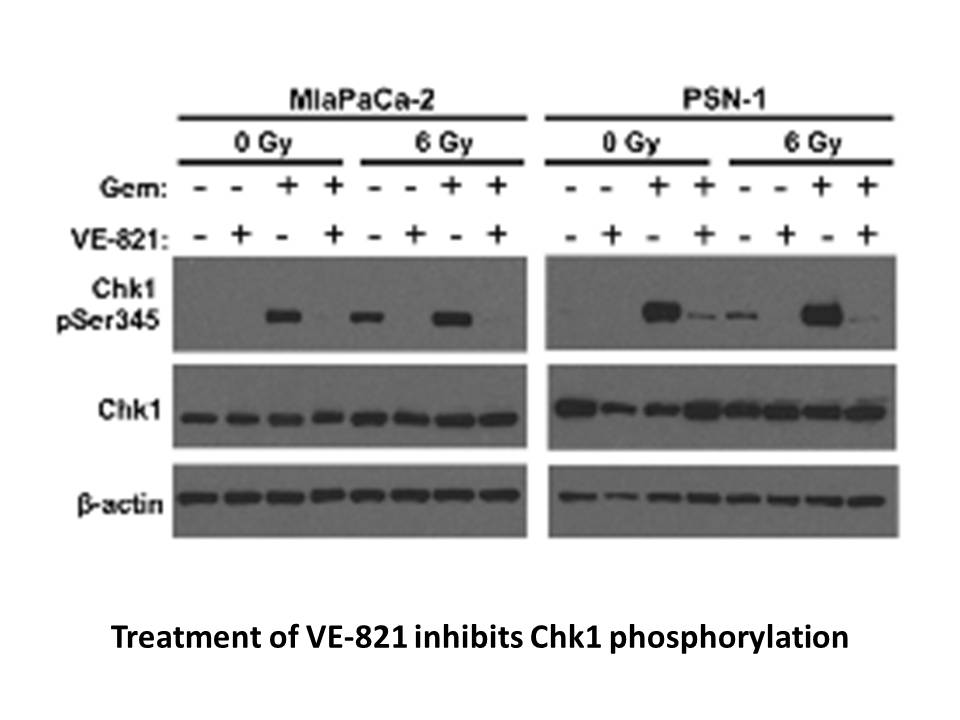
In summary, these results are consistent with our hypothesis that chemical nitrosation of BMAA to N-BMAA results in the formation of an alkylating agent. Furthermore, we have shown that N-BMAA is more toxic than BMAA itself. Previously, methylazoxymethanol (MAM), which is also present in the cycad n
-
Although the crystal structures of Atg C and
2021-01-19
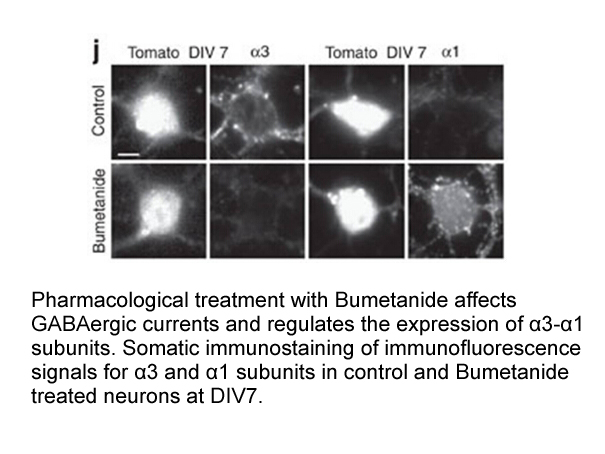
Although the crystal structures of Atg4C and Atg4D are not available, their three dimensional structures can be acquired by homology modeling, using the structure of Atg4B as a template (Zhang, Li, Ouyang, Liu, & Cheng, 2016). In that model, the catalytic triad is conserved (Cys110/Asp345/His347 for
-
The mechanism by which these HIV PIs
2021-01-19

The mechanism by which these HIV-PIs impair skeletal muscle palmitate transport and oxidation has been partially elucidated. CD36 (also referred to as fatty AZ3146 sale translocase; FAT) is a transmembrane protein involved in the transport of long-chain fatty acids (LCFA) across cellular membranes.
-
Our results show that COX and COX inhibition
2021-01-19
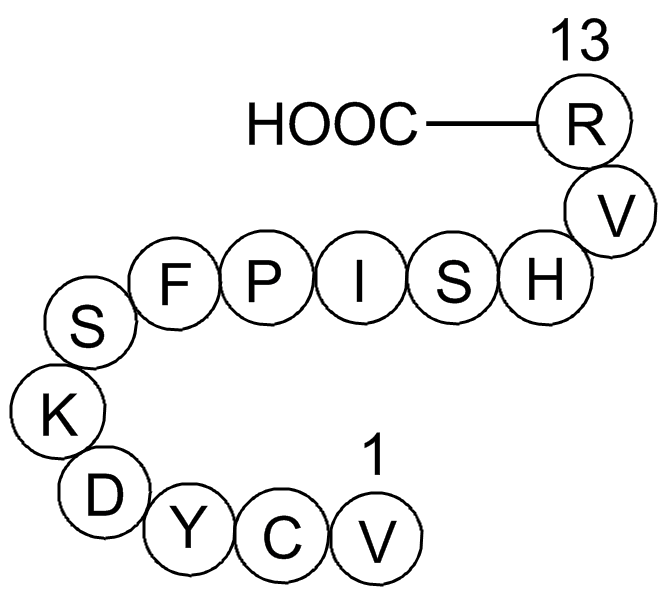
Our results show that COX-1 and COX-2 inhibition improve cognitive performance and decrease the neuronal insult during HH. However, when a neuroinflammatory response was observed, COX-1 inhibition was more effective than COX-2 inhibition at reducing microglial activation and augmenting pro-inflammat
-
Pyrrolidinedithiocarbamate ammonium The defining molecular f
2021-01-19
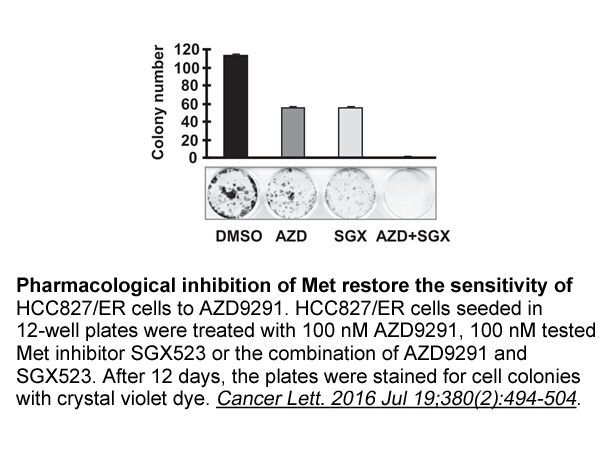
The defining molecular feature of Ewing sarcoma is the characteristic EWSR1/ETS fusion protein, most commonly involving EWSR1 and FLI1 (Delattre et al., 1992, May et al., 1993). EWS–FLI1 causes global changes in gene expression both by directly regulating gene expression and by causing changes in ch
-
ERK and p MAPK signaling pathways play critical role
2021-01-19

ERK and p38 MAPK signaling pathways play critical role in genesis and metastasis of melanoma (Tang et al., 2018). >50% of melanoma QX 314 bromide (Abildgaard and Guldberg, 2015) show abnormal activity of BRAF-RAS-RAF to activate MEK signal that drives the growth-promoting extracellular signal-regul
-
Importantly a crucial role of transcription factor SP
2021-01-19
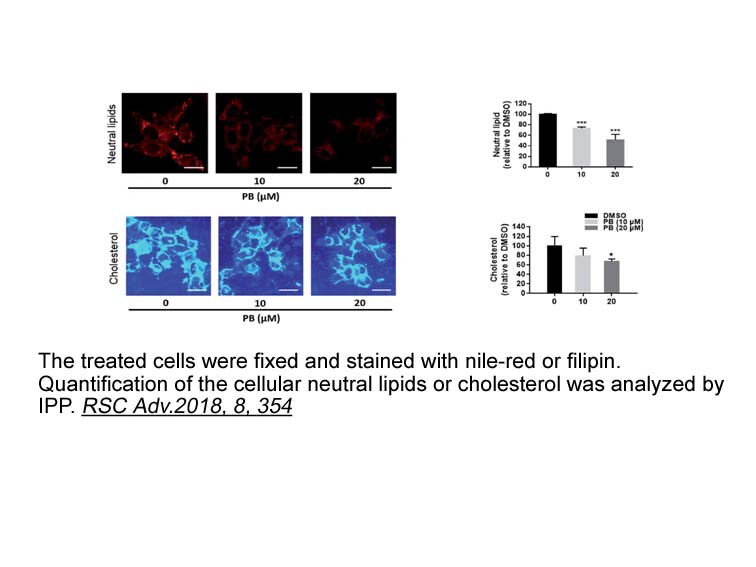
Importantly, a crucial role of transcription factor SP1 in mediating the anti-lung cancer effect of XJD was found in this study. Our results suggested that the inhibition of SP1 was required to mediate the inhibitory effect of XJD on the growth of NSCLC cells. Nuclear transcription factors SP1 is as
-
The endothelin receptor type B EDNRB belongs
2021-01-19
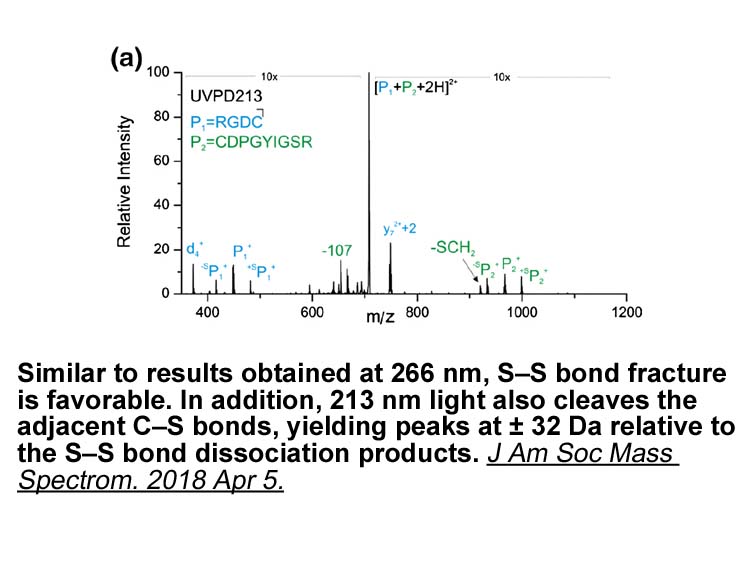
The endothelin receptor type B (EDNRB) belongs to the family of G protein-coupled receptors, which functions as a vital regulatory factor in signal transduction in cells, locating on human chromosome 13q22.3 (Ayala-Valdovinos et al., 2016; Bregar et al., 2018; Morimoto et al., 2018; Widowati et al.,
-
In addition to tissue resident stromal and myeloid cell
2021-01-19
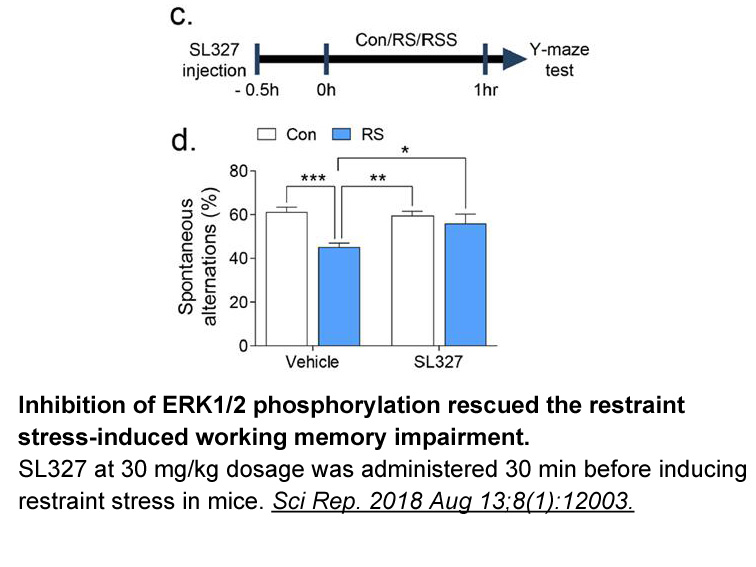
In addition to tissue-resident stromal and myeloid cell populations, ILCs also readily engage in positive-feedback loops with myeloid EPZ004777 receptor recruited from the circulation. TNF-α produced by inflammatory monocytes recruited to the lungs of mice infected with Klebsiella pneumoniae marked
14884 records 734/993 page Previous Next First page 上5页 731732733734735 下5页 Last page